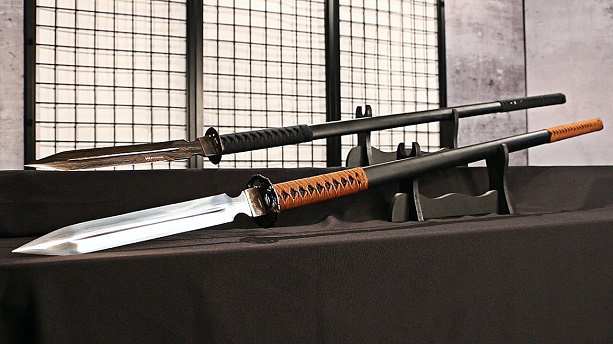A Beginner’s Guide to Hog Spear Hunting
Spear hunting is considered one of the oldest hunting methods in the world. The only hunting method that may be older than spear hunting is throwing a heavy rock. Spear hunting has been around for almost as long as humans have been, which is probably because spears were incredibly easy to make – all you had to do is sharpen a stick on one end and you’ve got yourself a weapon.
Even nowadays, spear hunting is incredibly popular in rural Australia among hunters who hunt hogs. You can find modern spears for sale that are specifically made for hog hunting, and believe it or not, they’re extremely effective. Modern spears for sale have come a long way from being sharpened sticks, and they’re now lighter, deadlier, and easier to use. You can use modern spears to lunge or throw. They’re typically lighter and shorter, unlike ancients spears that were specifically designed for battle and were incredibly long.

Modern spears are made using a range of high-quality materials like fiberglass reinforced nylon, stainless steel, carbon steel and so on. Some still use wood for the handles, but they’re typically polished to make them more resistant to the elements. However, the importance of technique still outweighs the importance of the quality of the spear, which is why you need to practice before you actually hunt using one. And when hunting, you need to be as humane to the hogs as humanly possible.
Hunting with a spear usually means you have one shot at making the kill because if you miss, the game will scatter away. Or, you may just injure it, and a wild wounded hog isn’t something you want to mess with. With that said, practice your spear throw to be as accurate and as deadly as possible. Learn how to track, follow and stalk to get into a favorable position before going for the kill.
In case you’re unfamiliar with hog hunting, the trick is to hit it right in the thick hide of the shoulder, which is where the lungs and heart are located. You can find them around mud and water, which is where they cool off from the heat, as they don’t sweat. They usually live in packs and can be very dangerous, so carrying a backup gun just in case is advisable. They’re active during the evenings and the mornings, and they follow their food, so that’s where you’ll usually find them.






